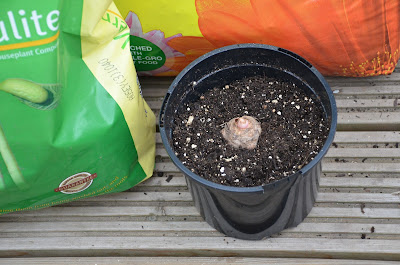 |
| The elephant ears plant |
Large leaved, and tropical to the core, the Remusatia is an elegant herbaceous perennial that will thrive in reliably moist soils.
 |
| The elephant ears plant |
The 'hitchhiker' part of the common name comes from the way the plant propagates itself. In its native habitat, Remusatia plants propagate by runners that travel just below the ground - known as stolons. These are densely covered with tubercles - bulbils.
Although remusatia are quite capable of flowering and setting seed, their main method of propagation is through the transportation of these bulbils by way of the local wildlife. Tiny hooks on the bulbils attach themselves to any animal or bird that happens to be passing by. When it falls off it has an opportunity to germinate away from the parent plant avoiding direct competition with it.
All Remusatia species have ornamental, oval foliage and in addition several species have showy flowers in summer. When growing for the garden, all Remusatia species are easily cultivated in any rich, well drained soil in partially shaded (summer) to sunny (winter) spot.
The time to plant up your Remusatia tuber is from June onwards once temperatures start to rise to 25°C.
 |
| Potting on Remusatia bulb |
As the plant begins to grow watering can be increased.
Several species may go dormant from autumn to spring. Keep dormant tubers on the dry side at a minimum of some 10°C. Get them too cold and wet and they will begin to suffer from fungal diseases.
For related articles click onto:
HOW TO GROW COLOCASIA
HOW TO OVERWINTER COLOCASIA
THE ELEPHANT EAR PLANT







No comments:
Post a Comment